Secondary school heads in Kenya warn of potential early closures for the midterm break due to delayed government capitation payments. Schools have only received 8,300 Kenya Shillings per student this year, short of the expected 11,000 Shillings for term one, leading to financial struggles. Education Cabinet Secretary Ezekiel Machu assures that no school will close early and promises that the second term capitation will be released soon, though no specific timeline was provided. Schools urge the Ministry to address funding discrepancies and ensure timely disbursements to avoid operational disruptions.
Secondary school heads are warning of potential early closures for the midterm break due to significant delays in government capitation payments, which are critically impacting education institutions. According to the Kenya Secondary School Heads Association, only 8,300 Kenya Shillings per student has been disbursed this year out of the 11,000 Shillings expected for term one, causing schools to struggle financially.
Funding Shortfalls and Operational Challenges
When schools reopened for the second term on May 13th, school heads were hopeful that the government would have resolved at least half of the 30% capitation due for the second term. However, 25 days into the term, optimism has waned, and schools are concerned about maintaining operations until the scheduled midterm break on June 26th. Many schools are nearing a financial halt, particularly day schools, which rely entirely on government capitation and do not charge fees.
Staff salaries, including those of non-teaching staff and Board of Management (BOM) employees, remain unpaid. The delay in capitation has made it difficult for schools to meet statutory payments, exacerbating their financial woes.
Breakdown of Capitation Received
As of March, the Association reported that schools had only received 8,300 Kenya Shillings per student. Of this amount, 565 Shillings was retained by the Ministry of Education for centralized book procurement. Schools were also expected to allocate 2,000 Shillings for infrastructural development and set aside 750 Shillings per student for medical treatment, leaving just 4,900 Shillings per student for other operational costs.
Moreover, issues with the capitation process have resulted in discrepancies, particularly with the number of students accounted for. For instance, schools received capitation based on the number of Form Four students who graduated last year, not accounting for the higher number of current Form One students. This has led to significant financial gaps, with schools operating on debts.
Government's Stance and Promises
Education Cabinet Secretary Ezekiel Machogu has maintained that no school will close early due to capitation delays. Speaking in Migori, he asserted that the government had fulfilled 50% of its term one obligations and assured that the 30% capitation for the second term would be released shortly. However, he did not provide a specific timeline for the disbursement.
"We are also very soon, I don't want specifically to indicate when, giving another 30% of the capitation to all our secondary and primary schools, so the normal running will be able to continue," Machu stated.
Call for Clarity and Action
The school heads are urging the Ministry of Education to clarify and address the funding shortfalls. They argue that schools budget for 22,000 Kenya Shillings per student, but only receive 17,000 Shillings, leaving a 5,000 Shilling gap per student. This discrepancy has forced schools to contemplate asking parents for additional funds to support essential activities and operations.
As schools brace for the upcoming midterm break, the urgency for timely capitation disbursements grows. The Ministry's ability to fulfill its financial commitments will be crucial in preventing disruptions in the education system and ensuring that schools can continue to function effectively.
.png)

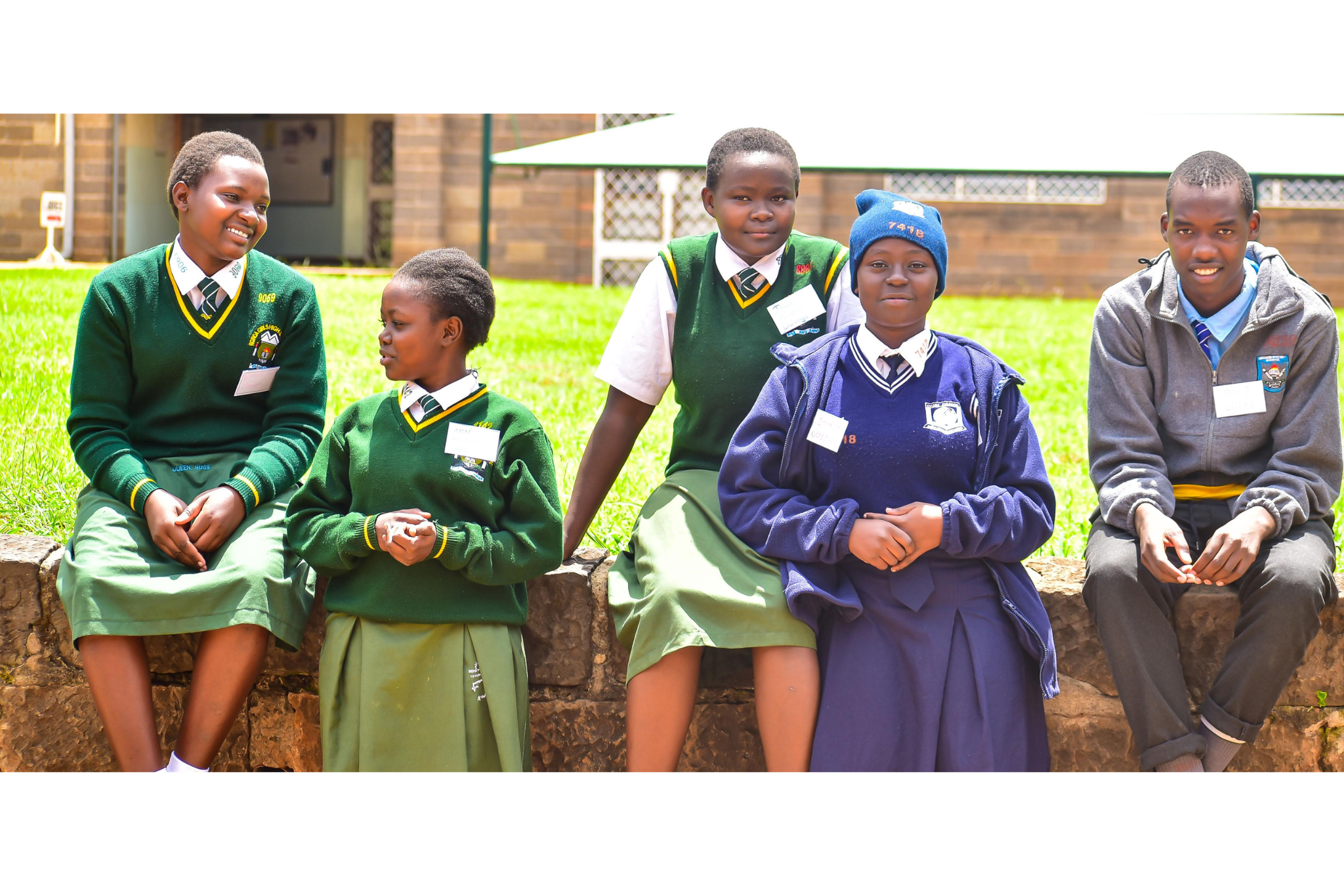
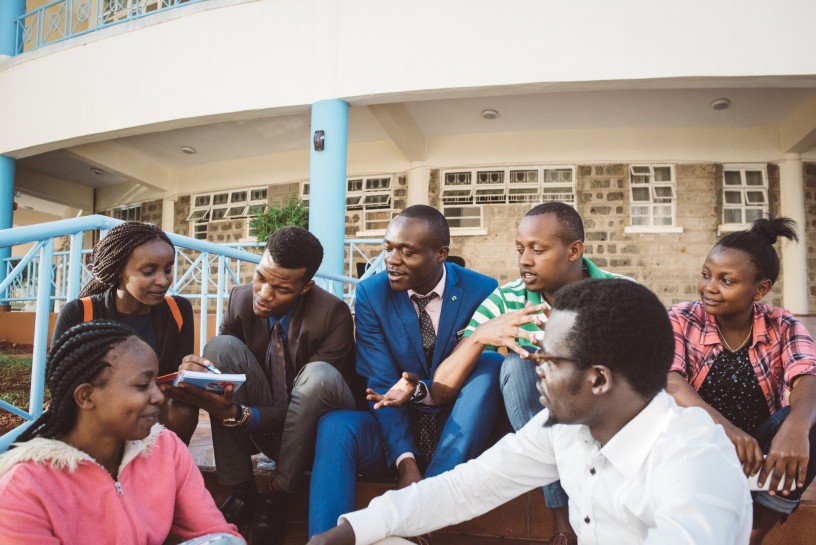
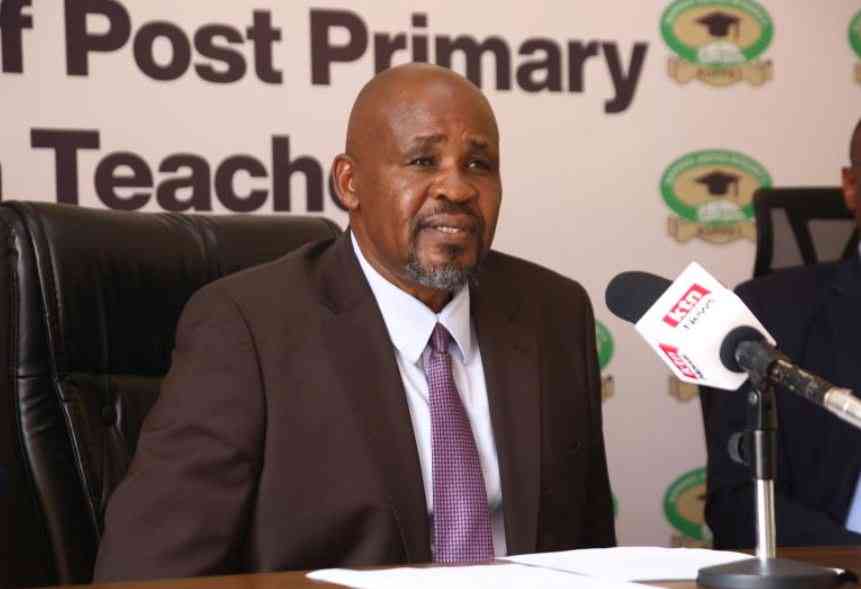


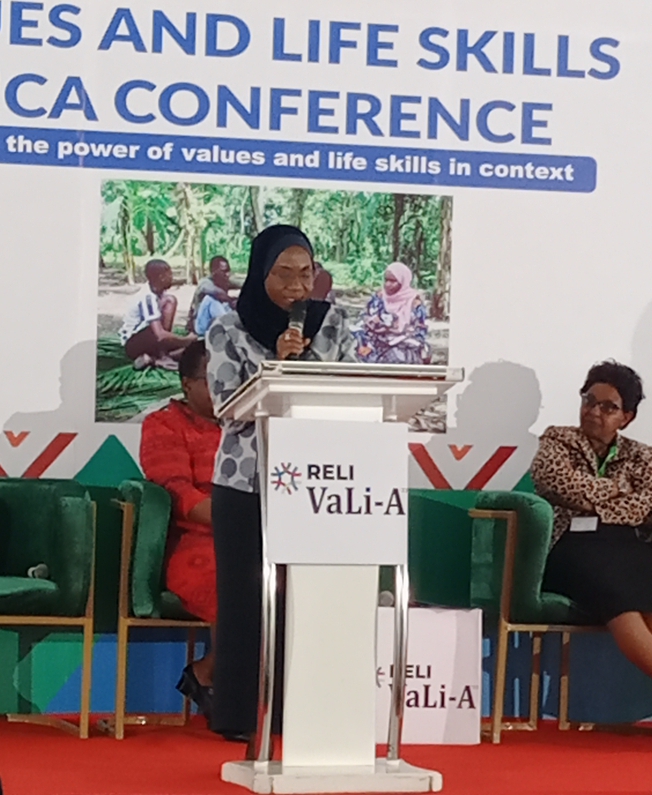


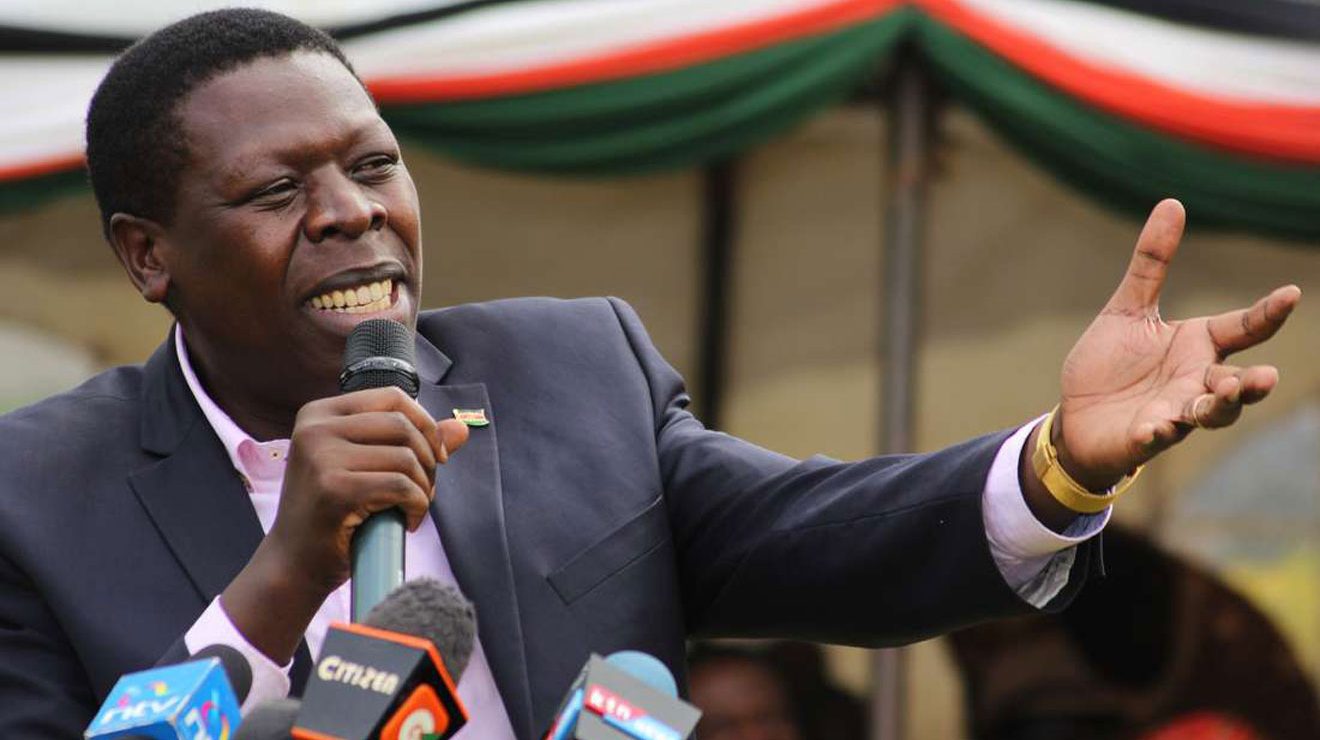
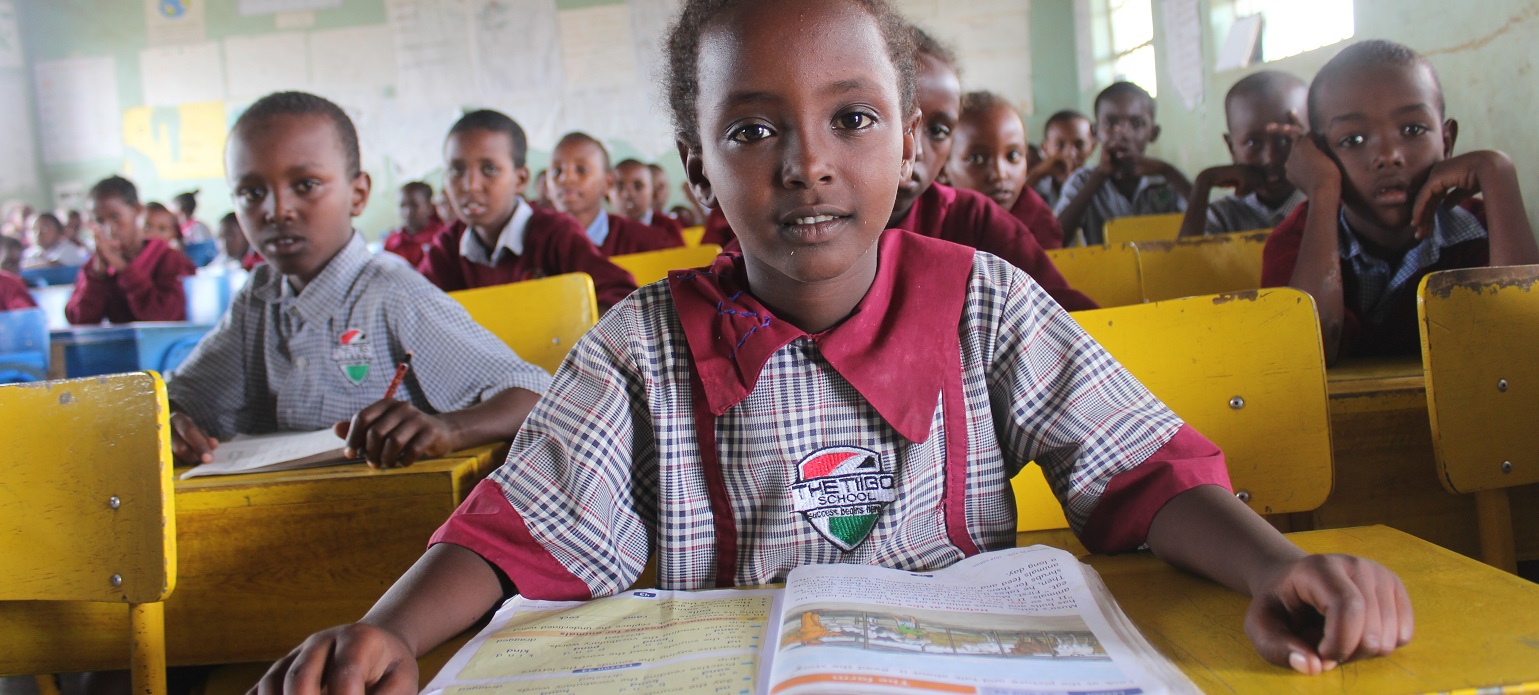
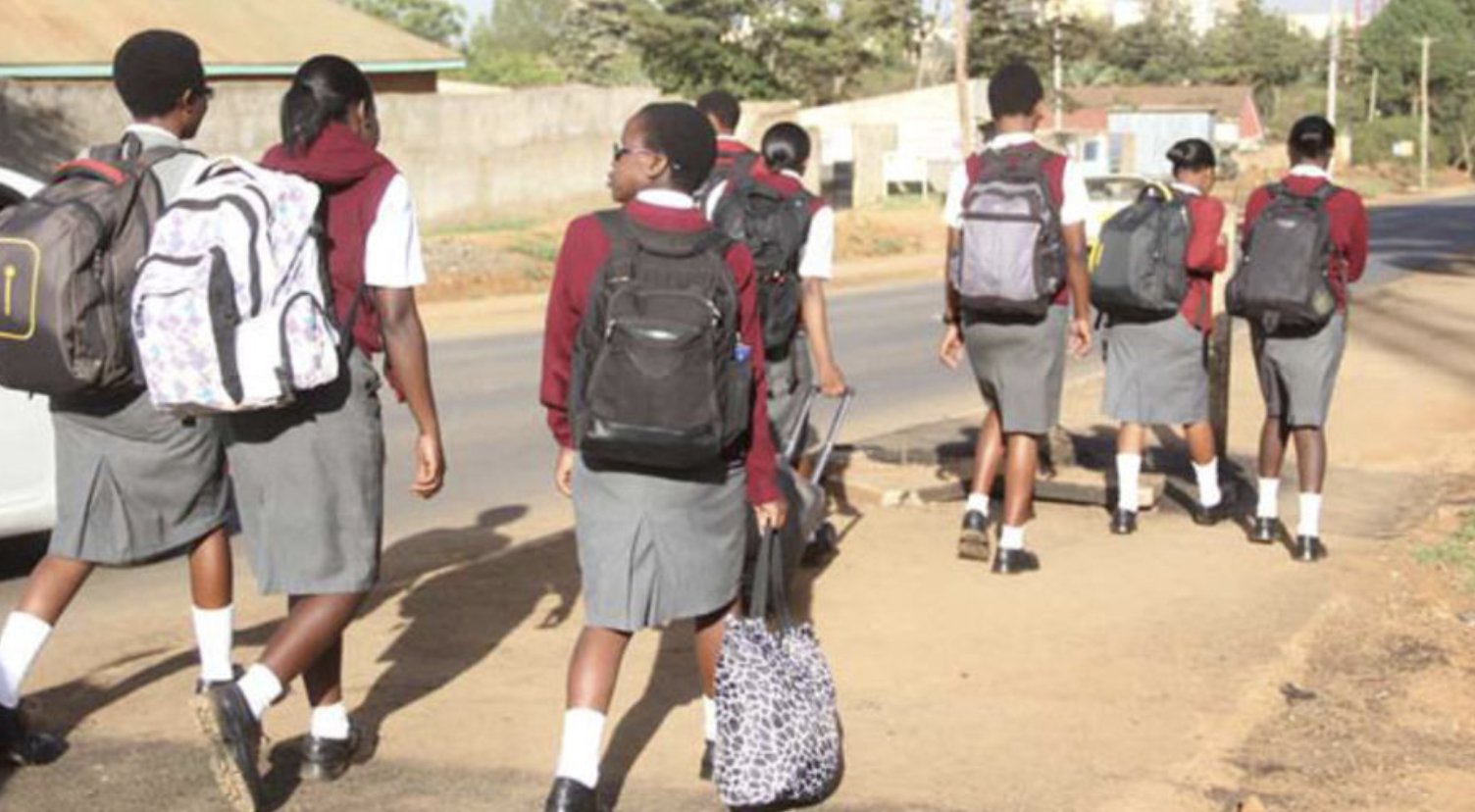
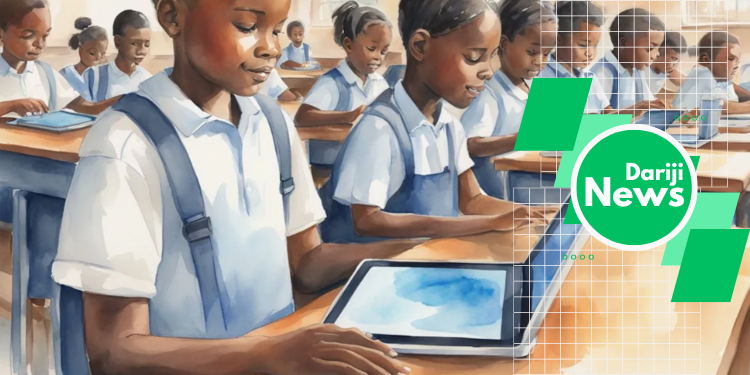

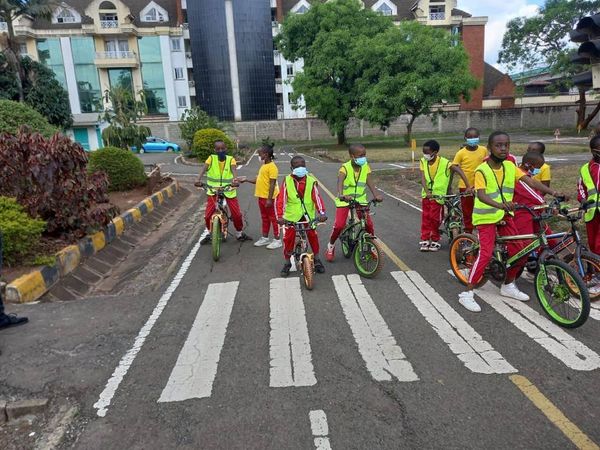
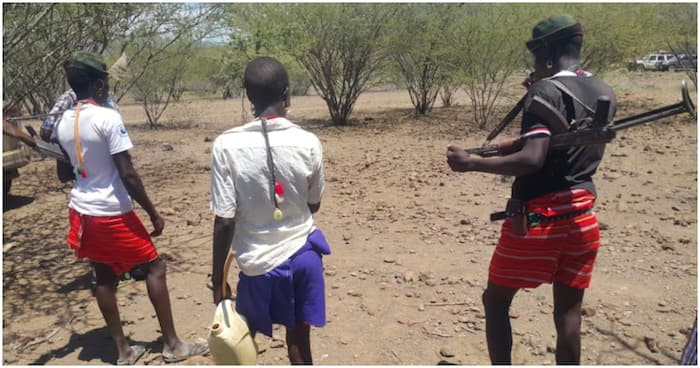

Comments 0